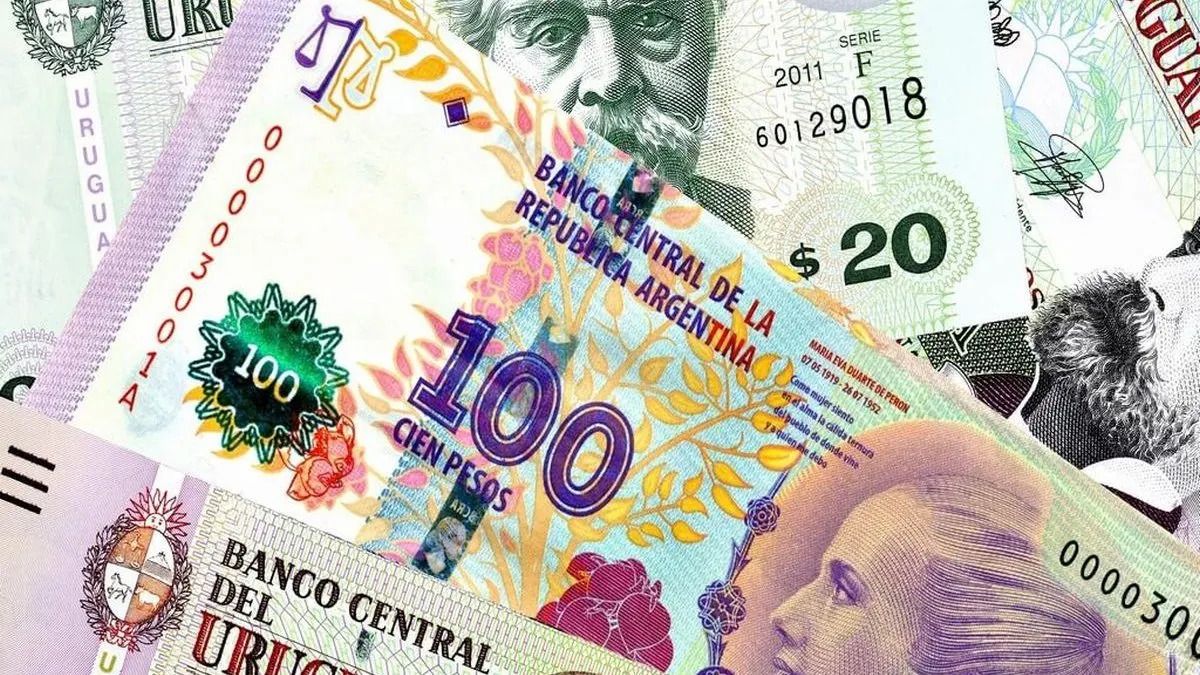While the government’s adjustment of Javier Milei the political-economic situation in Argentina, in Uruguay merchants and industrialists appreciate the decrease in price gap between both countries, which occurred surprisingly quickly.
According to the latest report of the Border Price Indicator (IPF) made by him Economic Observatory of the Catholic University of Uruguay (UCU) of Leap, The Uruguayan border city was barely 50% more expensive than the Argentine one during March Concord. This represented a decrease of 47.07% compared to the previous measurement in January (97.4%).
The price gap continues to narrow between Uruguay and Argentina and analysts are surprised by the results of the neighboring government’s measures. “It was expected that the gap would be reduced with the adjustment, but it is happening faster than expected,” said the economist and academic director of the Catholic University of Salto, María José Medin, in dialogue with Ambit.
There is still a way to go
Regarding the possibility that the gap between both countries will continue to narrow, Medin was optimistic. “Given the circumstances in Argentina, although the inflation is being moderated, it can still become more expensive. Therefore, the gap will be reduced considerably in the next measurements,” he said.
Price gap between Uruguay and Argentina March 2024.jpg
Price gap between Uruguay and Argentina March 2024.
Photo: UCU Salto Economic Observatory
In the latest report you can see that there are some items that are being cheaper than in Argentina, nine of the sixty studied. Three have to do with food – among which are rice, cooked ham and bread – others related to the home such as sheets (-23.3%) and towels (-6.6%), toilet paper (-4.4% ), whiskey (-21.6%) and even tires, tires and tubes with 32.8% less.
Furthermore, the economist highlighted that there are differences that are very small, such as, for example, 13 articles related to food and drinks that present a difference of less than 50%. “This may end in more and more items being cheaper in Salto,” anticipated Medin and recalled that the lowest record between both countries was 5% in October 2017.
Services could be negatively affected
Regarding the possibility that the reduction of the price gap with Argentina becomes a difficulty for the Uruguayan economy, the economist stated that the services area may be affected. “What you can see is that in some cases there may be price increases, for example, in services,” she explained.
In relation to this possibility, Medin recalled that UCU also carries out a price report for the tourist basket, comparing the Salto Hot Springs with those of Federation. “As Argentine tourist centers become more expensive, there may be Uruguay a price adjustment in these services,” explained the specialist. However, she assured that this would not imply a problem for the Uruguayan economy. “It is simply a dynamic that occurs when these phenomena occur,” she explained.
Will Uruguay import inflation in dollars?
In mid-March, the UCU published a report by the economist Javier De Haedo where he warned that expectations for the end of the year indicate a Dolar blue to 1,611 Argentine pesos, with an inflation of 210%, so “an additional increase in dollar prices” is expected in Argentina.
At the same time, in this scenario, he anticipated that it could become “imported” inflation in dollars, since a competitor would leave the scene in several consumer items that, in some way, limited prices in the Uruguay.
In relation to these forecasts, Medin agreed in some aspects. “This can happen in some services that had a lot of low price competition in Argentina, but it will not happen in food and beverages. Prices in Uruguay are already high and the import of inflation can occur in some sector related to services,” he explained.
Preventive measures, yes or no?
The government of Javier Milei made the decisions that the entire economic sector of the Uruguay I was hoping it would take. However, controlling the price gap is not something static and what happened last year could happen again, when Argentina Uruguayans experienced a consumption boom.
Faced with this, it is questioned whether the Uruguayan government should take preventive measures so that it does not happen again. “In this case, measures were taken by the government to alleviate the situation. There were an important series of decisions for the border, although they were not enough because the problem was not in Uruguay, “It was in the macroeconomic imbalance of the neighboring country,” explained Medín.
“It is true that the prices in Uruguay are high, but it is a question of more long-term policies and structural issues that have to do with the competitiveness. It is difficult to face a situation of great imbalance on the border with Argentina, “Uruguay can do something to prevent it,” the economist noted.
Source: Ambito




